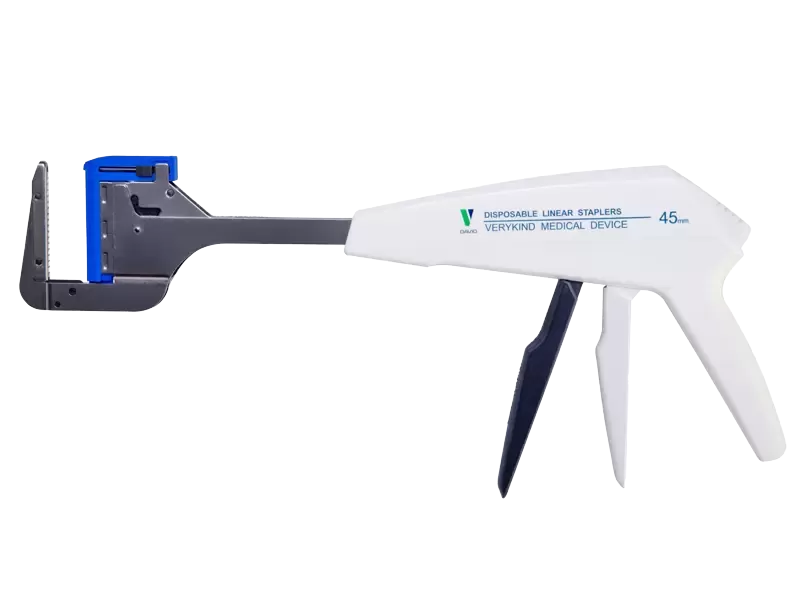In the realm of transportation, the ability to operate large vehicles is often governed by specific regulations and licensing requirements. The Commercial Driver's License (CDL) is a crucial credential for those who wish to drive commercial vehicles, but what about those who do not hold a CDL? This article delves into the intricacies of vehicle operation without a CDL, exploring the largest vehicles one can legally drive, the regulations surrounding them, and practical considerations for aspiring drivers.
Understanding the CDL Framework
Before we explore the largest vehicles you can drive without a CDL, it’s essential to understand the framework of the CDL itself. The CDL is a specialized license required in the United States for operating commercial motor vehicles (CMVs) that meet certain weight and passenger criteria. The Federal Motor Carrier Safety Administration (FMCSA) defines a CMV as any vehicle that:
- Weighs 26,001 pounds or more.
- Is designed to transport 16 or more passengers (including the driver).
- Is used to transport hazardous materials in a quantity requiring placarding.
Given these definitions, the need for a CDL becomes apparent for those who wish to operate larger vehicles. However, there are exceptions and specific categories of vehicles that can be driven without a CDL.
The Largest Vehicle You Can Drive Without a CDL
In most states, the largest vehicle you can operate without a CDL is one that falls under the weight limit of 26,000 pounds. This includes:
- Light Trucks and Vans: Vehicles such as box trucks, cargo vans, and certain types of pickup trucks can be driven without a CDL, provided they do not exceed the weight limit. For example, a standard Ford F-350 pickup truck can be driven without a CDL, as long as it is not modified to exceed the weight threshold.
- Recreational Vehicles (RVs): Many RVs, especially those under 26,000 pounds, can be driven without a CDL. This includes Class B and Class C motorhomes, which are popular among travelers. However, it’s crucial to check the specific weight of the RV, as larger models may require a CDL.
- Trailers: You can tow trailers without a CDL, provided the combined weight of the trailer and the towing vehicle does not exceed 26,000 pounds. This is particularly relevant for individuals who own small trailers for personal use, such as utility trailers or small boat trailers.
- Buses: In some states, you can operate a bus designed to carry fewer than 16 passengers (including the driver) without a CDL. This is an important consideration for small shuttle services or community transport options.
State-Specific Regulations
While the federal guidelines provide a framework, it’s important to note that individual states may have their own regulations regarding vehicle operation without a CDL. For instance, some states may have specific weight limits for certain types of vehicles or may require additional endorsements for specific vehicle types, such as motorcycles or buses. Therefore, it’s essential to consult your state’s Department of Motor Vehicles (DMV) or equivalent authority to understand local regulations.
Practical Considerations for Non-CDL Drivers
- Insurance Requirements: Regardless of whether a CDL is required, drivers must ensure they have appropriate insurance coverage for the vehicles they operate. This is particularly important for larger vehicles, as insurance premiums can vary significantly based on vehicle type and usage.
- Safety Training: While a CDL may not be necessary, safety training is crucial. Understanding the dynamics of driving larger vehicles, including blind spots, braking distances, and maneuverability, can significantly enhance safety on the road.
- Load Management: For those operating vehicles that can carry cargo, understanding load management is essential. Overloading a vehicle can lead to safety hazards and legal repercussions, so it’s vital to adhere to weight limits and distribute loads evenly.
- Road Regulations: Familiarizing oneself with road regulations, including weight restrictions on certain roads and bridges, is crucial for non-CDL drivers. Some routes may have limitations that could affect travel plans.
Conclusion
In summary, while a CDL is necessary for operating larger commercial vehicles, there are still significant opportunities for individuals to drive sizable vehicles without one. Understanding the regulations, vehicle classifications, and safety considerations is paramount for anyone looking to navigate the world of non-CDL driving. Whether you’re considering driving a light truck, an RV, or a small bus, being informed will ensure a safe and legal driving experience. Always remember to check local regulations and prioritize safety to make the most of your driving endeavors.


